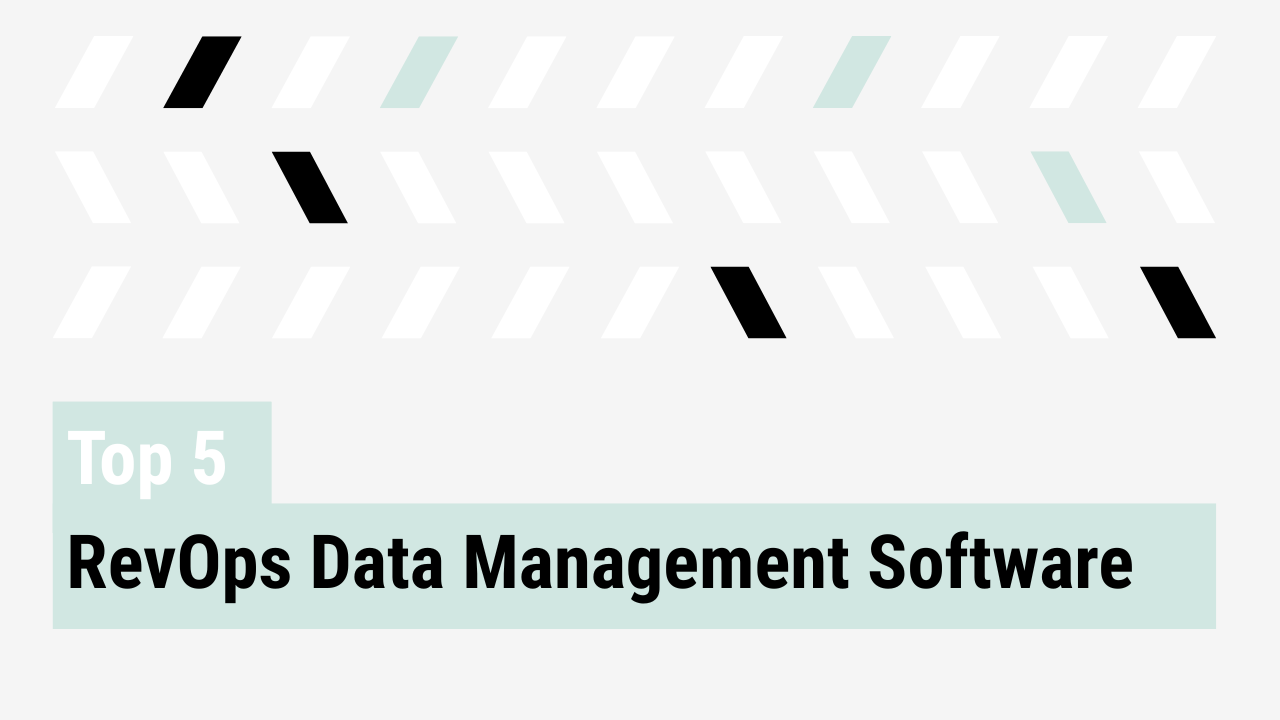We’re excited for Kumail Mukadam to kick off the first guest post in our Execution Layer series. The Execution Layer is an inside look at how senior RevOps leaders are effectively leading their teams. Kumail is the Senior Director of Revenue Operations at Claroty, the leader in cyber-physical system protection. Kumail walks us through how he has built a RevOps workload management system.
Most RevOps teams are drowning in requests, stuck in reactive mode. Slack pings. Ad hoc asks. Fire drills. Endless meetings.
Meanwhile, your CFO is asking about the status of the pricing overhaul. Your CMO needs attribution reporting. Your CX leader thinks you are ignoring their team. And your team can’t keep priorities straight, because every day is different.
This makes it really hard for a RevOps leader to manage stakeholders, report on progress, and add value delivered.
When you’re stuck in reactive mode, you can’t lead strategically. You can’t prioritize what matters. And it will be tough to get a seat at the table.
This guide breaks down how I built a simple, powerful system to:
- Centralize all work (strategic and reactive)
- Balance team capacity
- Prove RevOps value to the business
The problem: roadmaps vs. reality
Every RevOps leader knows you need a roadmap to keep track of long-term enhancements and improvements.
And you do. But static roadmaps have some big challenges:
- Roadmaps live in decks or Excel
- Requests come in through Slack and email
- Project boards are disconnected from support queues
- Your team is constantly choosing between fire drills and long-term work
The roadmap gets quickly forgotten, wasting all of the time you spent aligning stakeholders in the first place.
And you aren’t even sure where your team is actually spending their time.
The RevOps workload management system: one pane of glass
I recommend unifying all RevOps work: projects, support tickets, and roadmap items into a single view. I used Monday.com, but there are plenty of other options.
Here’s how it works:
- Epics = strategic priorities by quarter (e.g. rollout usage-based pricing)
- Tasks = scoped project work or incoming requests
- Routing = automated assignments based on request type
- Dashboards = real-time visibility across people, functions, and priorities
Everything flows into one place. No duplicate systems to update and minimal manual admin work.
How the RevOps workload management system works
- Requests come from anywhere
- Slack, inbox, intake form
- All routed into the same task board
- Slack, inbox, intake form
- Automated assignment
- Prebuilt rules send requests to the right person (e.g. reporting → Megan)
- Any requests that don’t map come to me and I manually assign them out, but this is minimal
- Epic linking
- Strategic work scoped directly into the board and linked to relevant epics; this keep a coherent view of the % completion of the epic, scope creep, and project blockers
You should also avoid sub-tasks or disconnected project docs that live elsewhere; this is how you lose visibility and things slip.
- Team workflow
- Each team member filters to “what’s open for me”, so they always know what is in their court. This makes managing a team of 20+ much easier.
- No need to guess what’s important as priority is built into the system
- Each team member filters to “what’s open for me”, so they always know what is in their court. This makes managing a team of 20+ much easier.
- Load balancing view
- Managers and team-members can also see the total workload per person
- It’s important to remember not every task is equal, some take an hour or two and others may take days
- We set benchmarks for what full capacity looks like; when team members are overloaded (20ish tasks = healthy threshold), I know it’s time to reassign things to other groups. This helps prevent burnout.
- Managers and team-members can also see the total workload per person
Why this matters for RevOps leaders
This isn’t just better task management, although this is certainly a piece of it. This dramatically helps me ensure I am having and communicating strategic impact for the business.
Shift from opinions to data
When someone claims “RevOps only supports Sales,” you can show a dashboard:
- 16% of tickets = Sales
- 27% = Customer Experience
- 28% = Finance
- 20% = Partners
You’ve got receipts.
Show progress on what matters
Leadership doesn’t care about your 37 completed tasks.
They just want to know: Are the key initiatives moving forward?
With epics and linked tasks, you can show:
- What’s done
- What’s in flight
- What’s blocked
- When were new tasks added (scope creep or poor upfront planning)
Keep your team focused
No more “Should I work on this ticket or the roadmap?”
The system tells them:
- What’s assigned
- What’s tied to strategy
- What needs action today
- Am I tracking to the overall deadline
Bring order to an inherently chaotic function
Being able to calmly make sense of everything going on does wonders for a RevOps leader. It allows you to diagnose the state of GTM projects and gives you time back for strategic planning. It also ensures you can answer any question that leadership has for you about in-flight initiatives, building trust with executives.
Pro tips to avoid pitfalls in a RevOps workload management system
- Block time for cleanup
Just like we ask sales to spend time on data hygiene, you need to as well. 30–60 mins weekly to tag, classify, and realign work should do the trick. - Lead by example
If you ignore the system, your team will too. This has to be built into the DNA of the entire org. - Don’t over do it
Remember, there’s a lot more outside of task-based work the team works through, from forecast calls, to team meetings and everything in-between. My rule of thumb is if it will take you less than 15 mins to finish the task don’t worry about putting it in the task management queue. - Tie everything to outcomes
This is a great workload management system, but don’t forget that RevOps impact comes from business outcomes. Connect your work to revenue or efficiency whenever possible.



